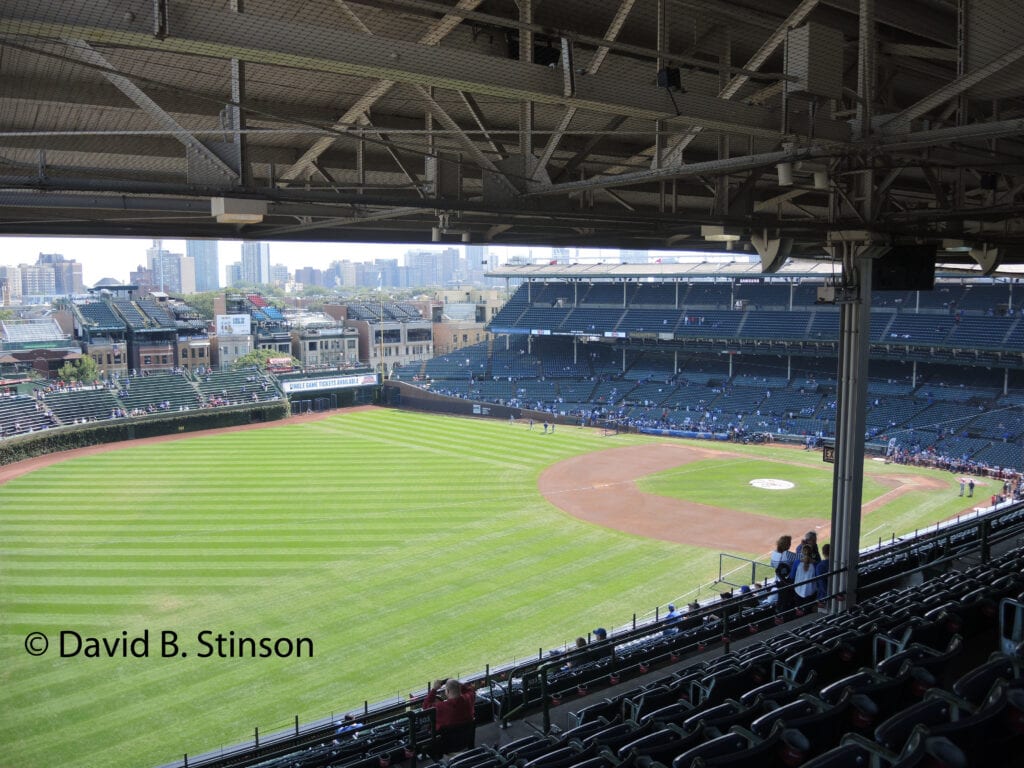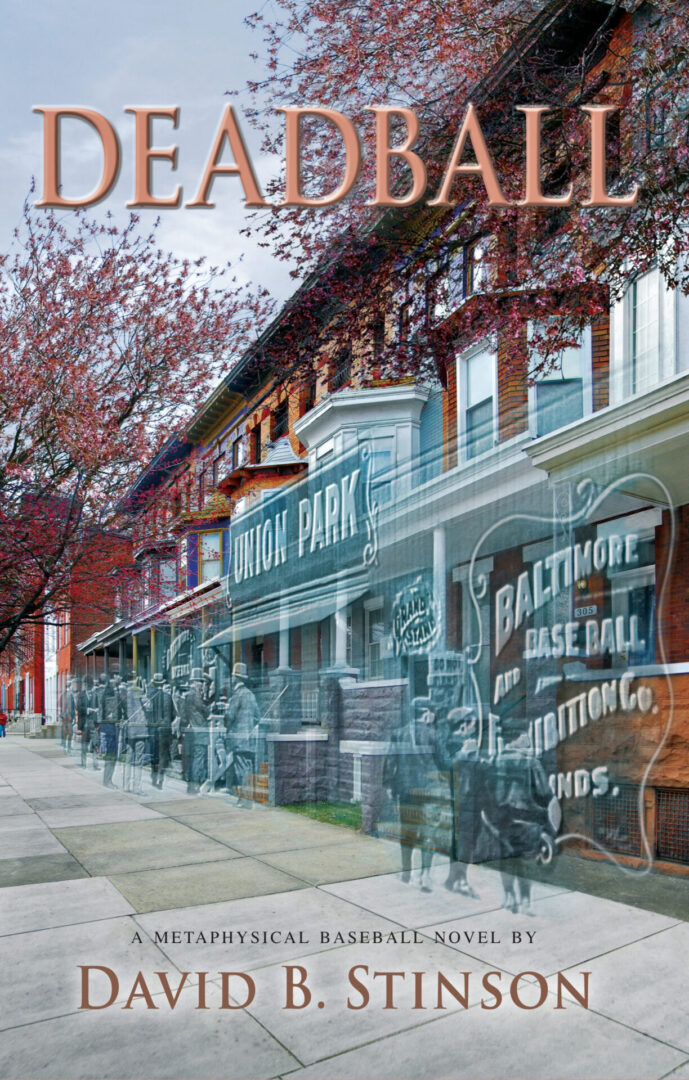Knowing that the Chicago Cubs are embarking on a $575 million renovation of historic Wrigley Field, I visited the ballpark on September 19, 2014, for a day game against the Dodgers. My purpose was to photograph and video Wrigley Field as it exists prior to its renovation.

Although perhaps not quite as drastic as the Yankees 1970s renovation of their former ballpark, the Cubs plans for Wrigley Field certainly will alter forever the appearance of the ballpark, both inside and out. In the years to come, fans very well may preface discussion about their visits to that ballpark in terms of old Wrigley and new Wrigley, just as fans used to talk about old Yankee Stadium – pre 1970s renovation – and new Yankee Stadium – post 1970s renovation (not to be confused with the team’s new, current Yankee Stadium).

Say what you will about the Cub’s decision to renovate the ballpark, at least they are keeping the ballpark where it is, with the same field and historic facade. It has been my opinion that the Yankees should have taken the same approach rather than demolish their historic ballpark and build a new one across the street.

Wrigley Field’s renovation will take several years, conducted mostly during the off season. Work already has begun on the bleachers to the left and right of the historic scoreboard. Those bleachers will be demolished and the seating capacity extended out over Waveland Avenue and Sheffield Avenue. Other planned renovation includes demolition and replacement of the wood roof that covers the grandstand from the left field corner around to the right field corner, demolition and replacement of the lower seating bowl, including the dugouts, demolition and expansion of the concourse behind the lower seating bowl, additional concessions for the upper deck, an upper deck patio above Seminary Avenue, and the construction of shops, a parking garage, and a hotel at Waveland Avenue, Seminary Avenue, and Clark Street.
For posterity, I have shared here six videos of how those areas looked (as well as the rest of the stadium) before the renovation.
The tour starts with a ride north on the “L” red line, stopping at Addison Street.
This next video is a walk around the outside of Wrigley Field, starting at the intersection of Addison Street and Clark Street, and continuing to Waveland Avenue, Sheffield Avenue, and back to Addison Street. The Cubs renovation plans include construction of an office building, hotel, and plaza which will straddle both sides Clark Street along the left field foul line, and expanded bleacher seating that will overhang Waveland Avenue and Sheffield Avenue. With these renovations, the cityscape of the area surrounding Wrigley Field will be forever altered.
The next video is a walk through of the concourse area behind the lower seating bowl. The Cubs plan to bring this area into the 21st century by expanding the concourse area and revamping the concessions options and restroom areas. As it currently exists, this walk through the concourse is a charming, yet cramped experience. Most patrons who frequent the ballpark undoubtedly will appreciate the upgrades. Some will miss the charm, but few will miss the cramped quarters.
The next video is a walk around the lower seating bowl. With changes to the signage along the outfield walls, the addition of a new scoreboard, and replacement of the lower bowl seats and concrete risers, this view of Wrigley Field also will be forever altered.
The next video (which clocks in at about 20 minutes) is a walk along the ramps, walkways, and concourse areas of the upper deck, starting at the up ramp near the Waveland Avenue entrance and continuing up through the backside of the ballpark to the upper levels. How much of this view changes depends on structural work planned for replacing the wooden roof and the addition and expansion of concession areas on the upper concourse.
The final video is a view of Wrigley Field from the current roof top deck. Renovation of Wrigley Field includes an expansion of this area and the addition of other roof top concessions and eating areas.
Although with its renovation Wrigley Field is will lose some of its century-old charm, hopefully the renovation of Wrigley Field will help insure the ballpark’s existence for at least another 100 years. Fans in Boston and Chicago are fortunate that their ballparks remain a baseball destination where the game is still played. Most Yankee fans I have talked to since the demolition of their historic ballpark in 2010 wish the same could be said for Yankee Stadium. It is better that Wrigley Field be a renovated ballpark, as opposed to just another lost ballpark.
And for the record, the Dodgers defeated the Cubs 14-5, with Clayton Kershaw getting the win and the Dodgers clinching a 2014 playoff spot.


[…] ballparks in continuous use are Boston’s Fenway Park (opened 1912) and Chicago’s Wrigley Field (opened 1914 as Weeghman Park, home field of the Federal League Chicago […]